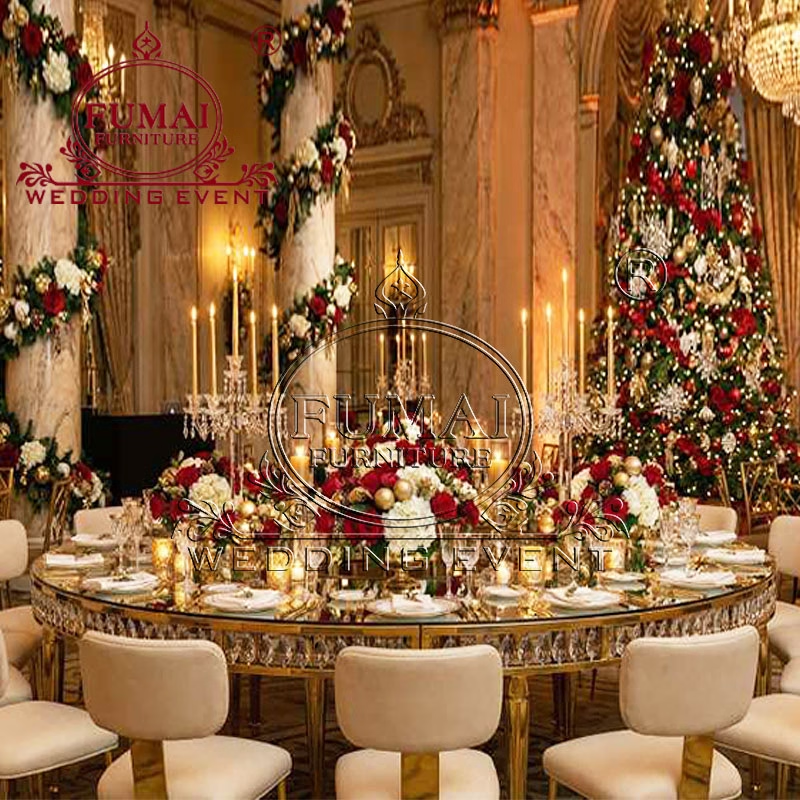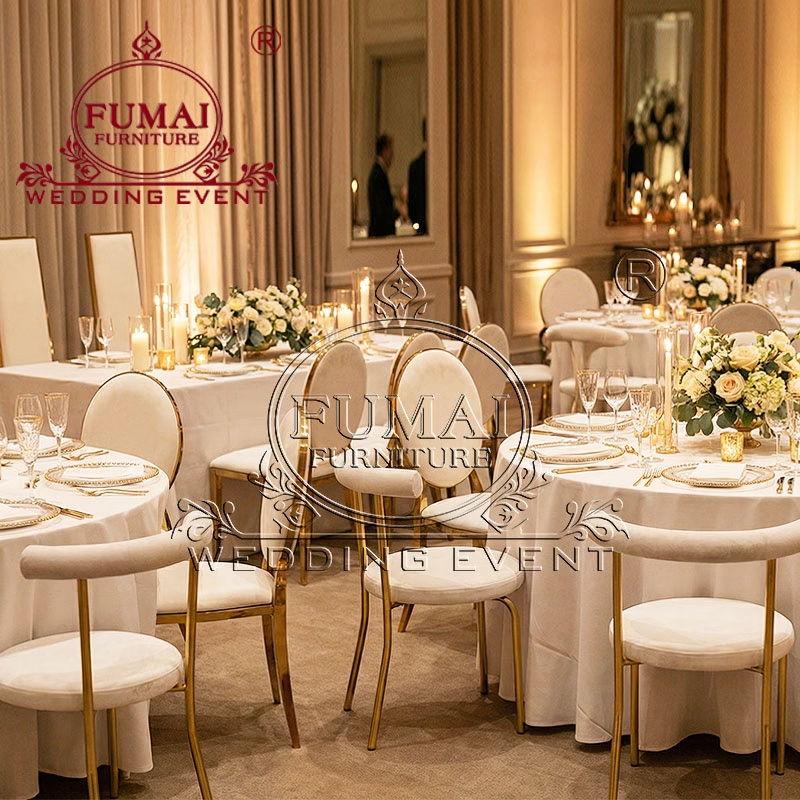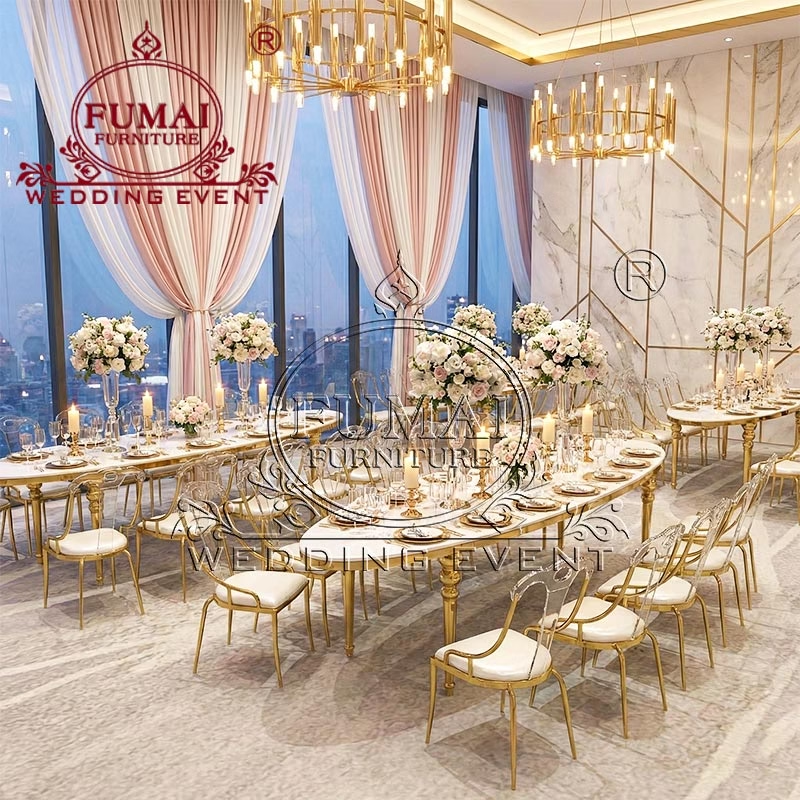Wedding Ceremony vs. Reception
Understanding the Key Differences
The distinction between a wedding ceremony and a reception is pivotal in orchestrating a seamless and memorable wedding day. In this insightful guide, we delve into the nuances of wedding ceremonies and receptions, shedding light on their unique characteristics and significance in celebrating the union of two souls.

Purpose and Symbolism:
The wedding ceremony marks the sacred moment when two individuals exchange vows and pledge their love and commitment to each other. It is a time-honored tradition filled with symbolism and rituals that signify the beginning of a lifelong journey together. In contrast, the wedding reception is a joyous celebration that follows the ceremony, where family and friends gather to commemorate the newlyweds’ union and revel in their happiness.
Location and Setting:
Wedding ceremonies often take place in a place of worship, such as a church, temple, or mosque, or in an outdoor setting, such as a garden, beach, or picturesque countryside. The chosen venue typically reflects the couple’s religious or cultural background and personal preferences. On the other hand, wedding receptions can be held in a variety of venues, including banquet halls, hotels, restaurants, or even private homes, where guests can enjoy dining, dancing, and socializing in a festive atmosphere.
Duration and Format:
Wedding ceremonies are typically shorter in duration, ranging from 20 to 60 minutes, depending on the customs and traditions of the couple. They follow a structured format, including processional and recessional music, exchange of vows and rings, readings, and sometimes ceremonial rituals, such as lighting candles or pouring sand. In contrast, wedding receptions can last several hours, allowing ample time for dining, speeches, toasts, cake cutting, and dancing, creating an atmosphere of celebration and merriment.
Attire and Etiquette:
Attire for the wedding ceremony is often formal and traditional, with the bride wearing a wedding gown and the groom donning a suit or tuxedo. Guests are expected to dress respectfully and adhere to any religious or cultural dress codes. At the reception, attire may vary depending on the theme and venue, with guests typically wearing cocktail attire or formal attire. Etiquette at the ceremony is focused on reverence and solemnity, while the reception encourages socializing, laughter, and enjoyment.
Guest List and Seating Arrangements:
The guest list for the wedding ceremony usually includes close family members and friends who witness the exchange of vows and offer their blessings to the couple. Seating arrangements are often reserved for immediate family and VIP guests. At the reception, the guest list expands to include a broader circle of family, friends, and acquaintances, with seating arranged in tables or groups to facilitate mingling and conversation.
Wedding Ceremony vs. Reception
Understanding the distinctions between a wedding ceremony and reception is essential for planning a cohesive and memorable wedding day. While the ceremony marks the solemn union of two individuals in love, the reception offers an opportunity for celebration, fellowship, and joyous revelry. By embracing the unique significance of each component and incorporating personal touches and traditions, couples can create a wedding day that reflects their love story and leaves a lasting impression on all who attend.
Welcome to contact us to get the latest product catalog and price list!
Read the previous article: Crafting Your Dream Wedding Backdrop







